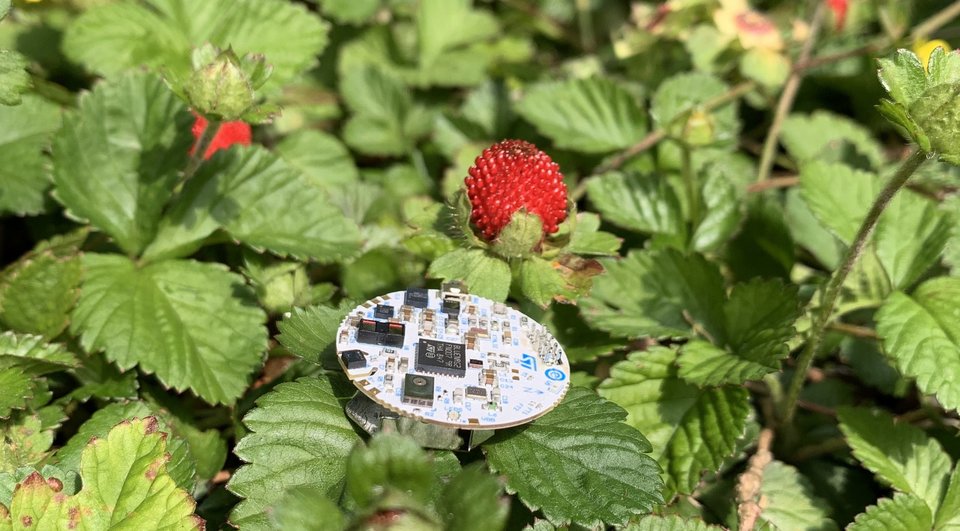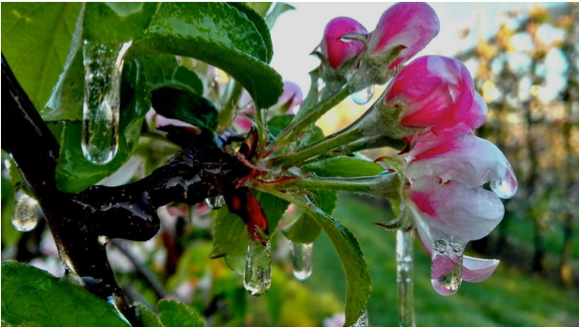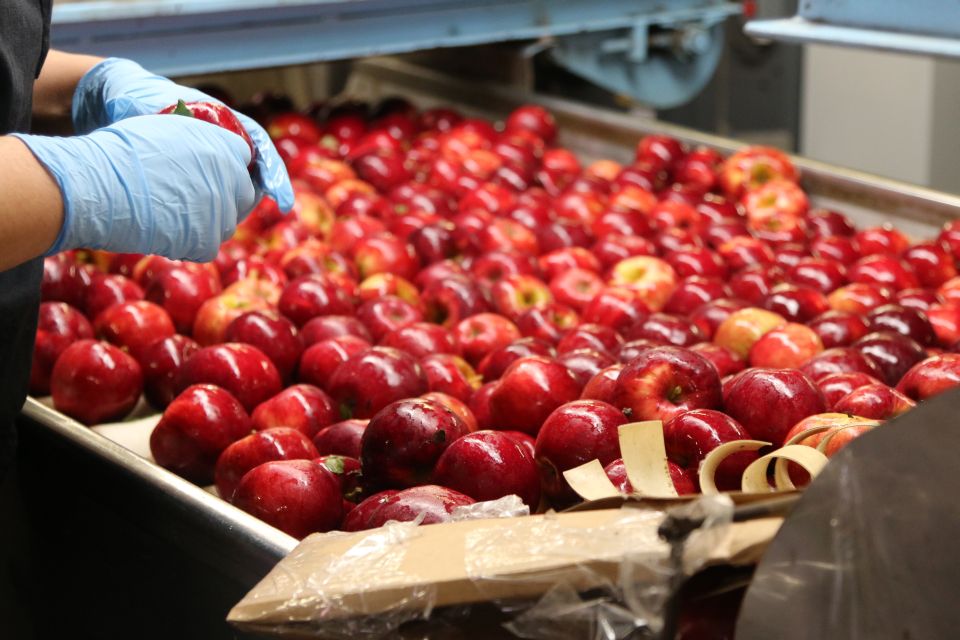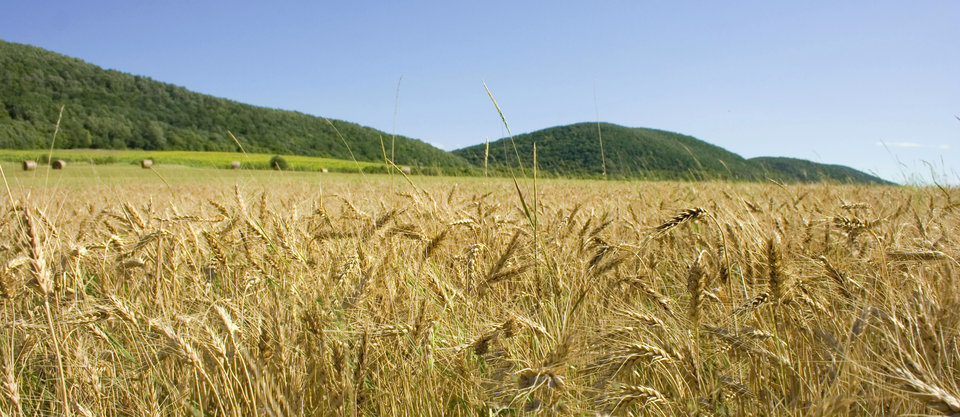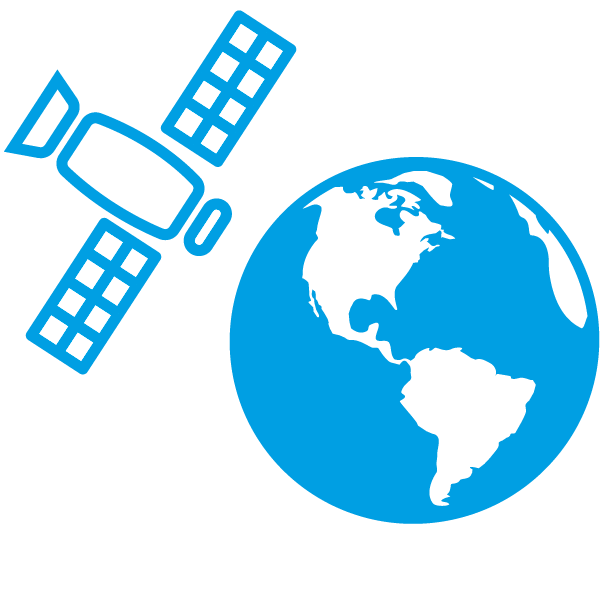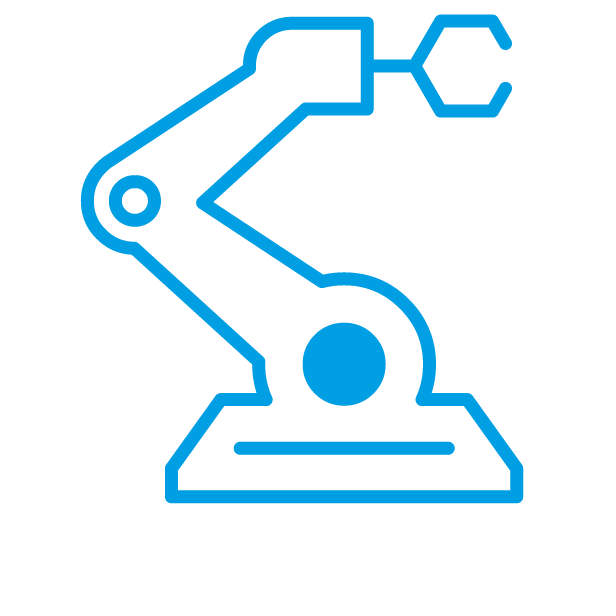Sensor Technology
Measurement & Communication
Challenges
- How to optimize agricultural yields while minimizing losses in food production chains?
- How can sensor technology help in the prevention, detection and mitigation of crop disease?
- How can sensors help in the optimization of crop breeding processes?
Background
- Knowledge & Expertise: Sensor physics, Communication Technologies and Sensor Networks, Plant Characterization
- Technologies: Combinations of electronics, optics, Radio Frequency, biochemistry and ultrasound; Wireless, autonomous, high spatial and temporal resolution sensor networks; Long-range and spaceborne agricultural sensing and communication technology
- Research history: Development of novel sensing modalities, Design and fabrication of low size, low-cost autonomous sensor modules, Sensor measurement in, on and around the plant, Linking IoT and smart control
Contributions
Wireless communication of sensors to smart autonomous control systems will allow optimization of crop growth and yields, improvement of harvest and transport conditions and so minimize losses, and thus help to reduce the ecological footprint of agricultural production processes.
Within this theme we will focus on realizing novel sensor technologies and improved implementation of existing sensors in order to generate new and more detailed information on crops and the factors that influence their growth.
Using novel physical, chemical and biological processes we will develop sensors for rapid plant phenotyping, health monitoring and early plague detection. By either implementing these sensors in high-densities or by the development of long-range monitoring techniques, we aim to realize high-resolution information during growth on the field or in the greenhouse, and the rest of the production chain towards the customer.

